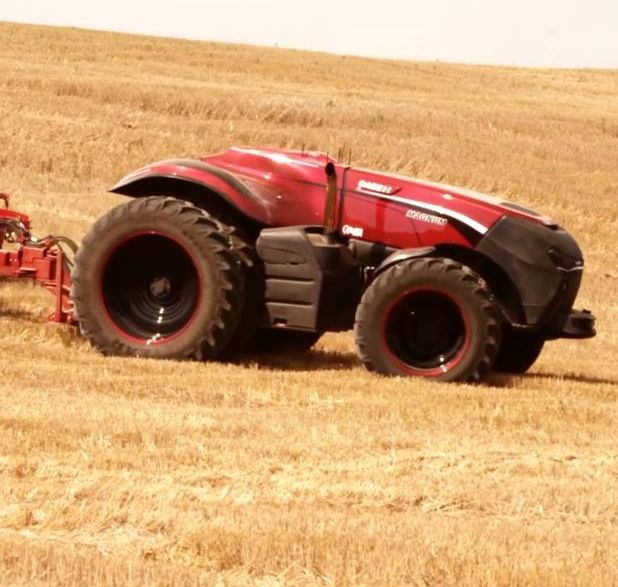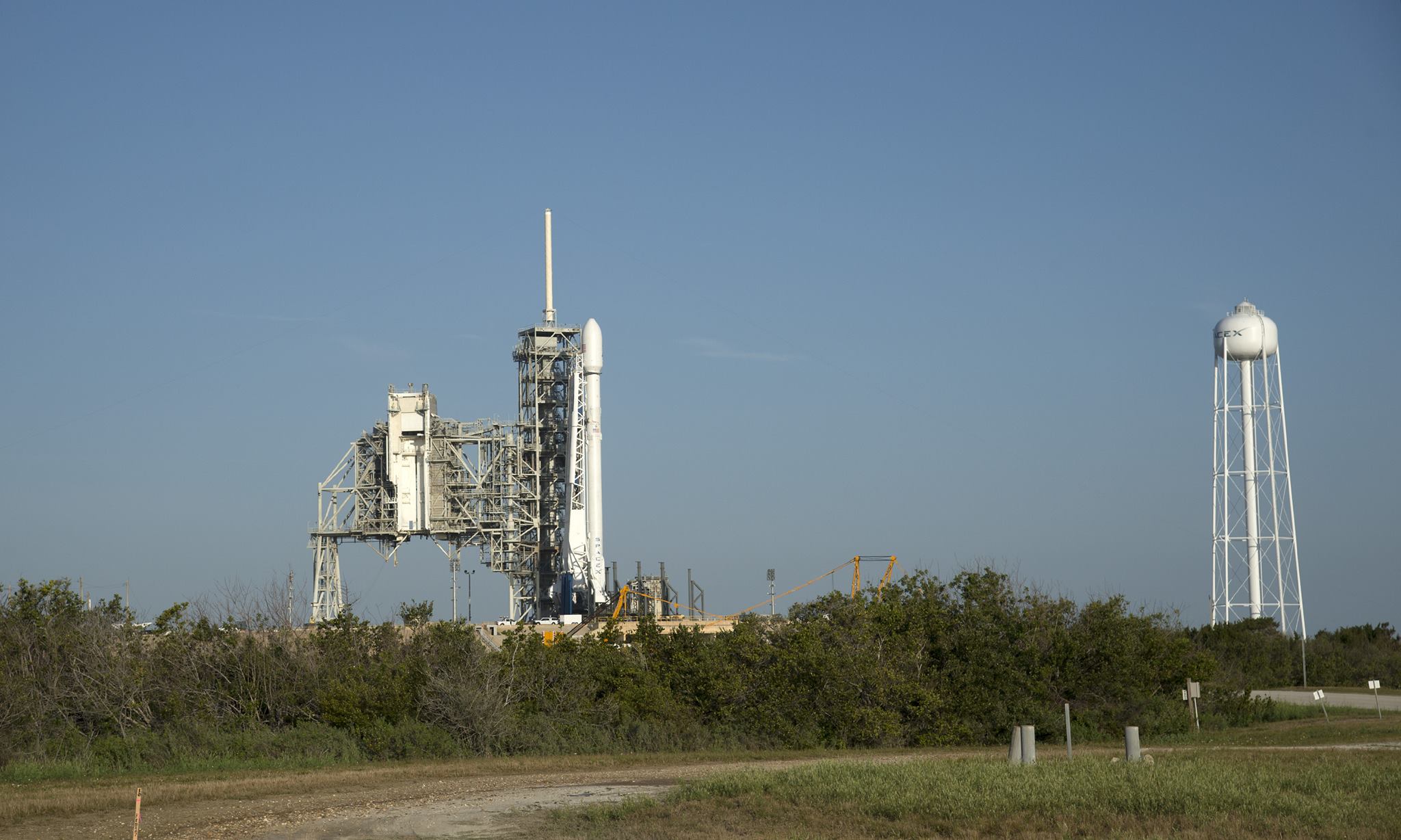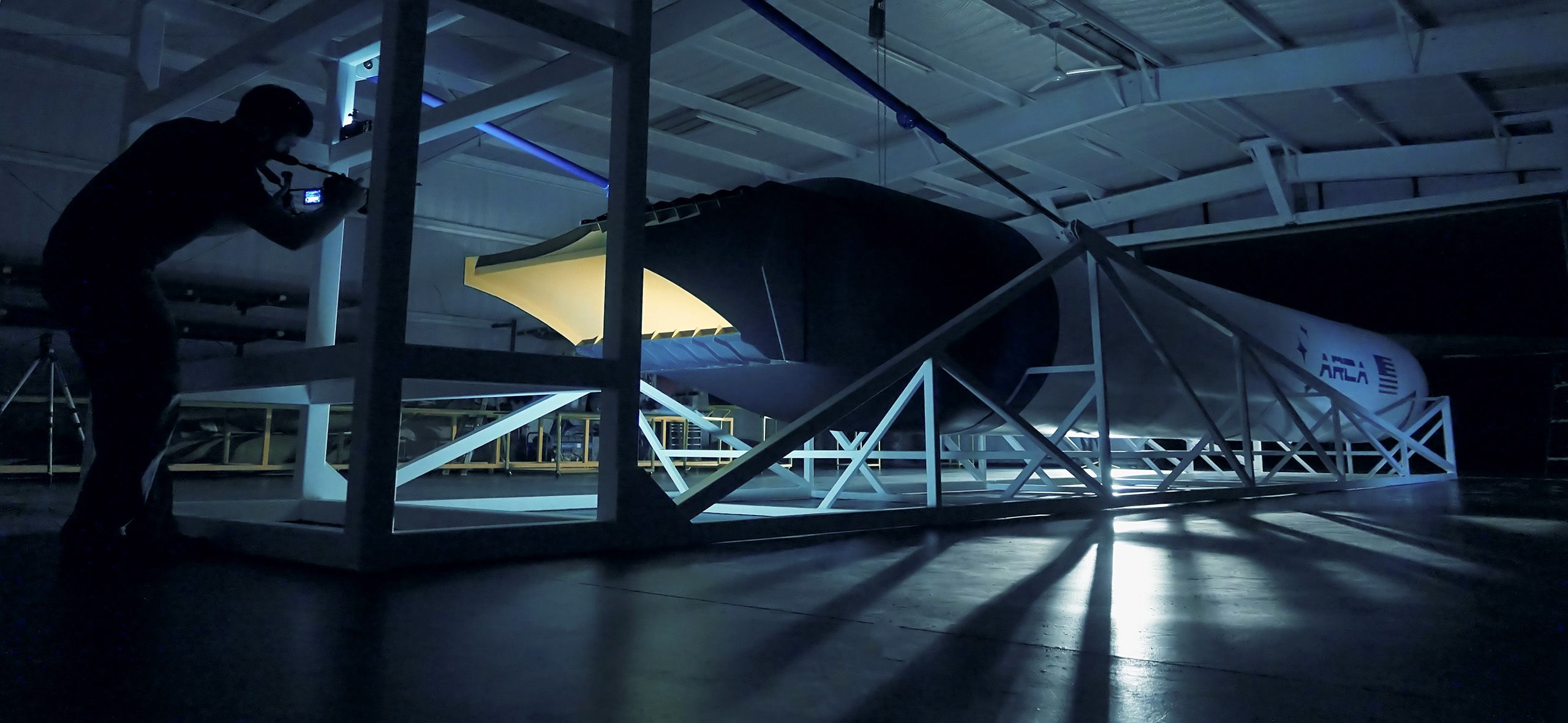Older automakers like Ford and General Motors driverless cars outscored Waymo and Uber in new survey, USA Today reports.



It takes millions of years for natural processes to convert plants into gasoline, but researchers at Ghent University have figured out how to do it much faster. By pre-treating grass to make it break down quicker, and then adding Clostridium bacteria similar to that found in your gut, they produced decane, one of the main ingredients of gasoline and jet fuel. While decane is a polluting fuel, commercial jets will need it for at least the next few decades, and the researchers believe their process is efficient enough to make it commercially feasible.
For their system to work, the scientists first treated the grass with a compound that broke it down and made it easier for bacteria to digest. They then treated it with an enriched Clostridium bacteria from the family that makes up the good bacteria in your gut, rather than the one that kills you. Fermentation much like that used for beer produced lactic acid and its derivatives, and further treatment yielded caproic acids. With further processing, that was converted into decane, a primary ingredient of gasoline and jet fuel.
As mentioned, decane and similar products aren’t very clean fuels (they produce CO2 when burned), but they still have a much higher energy density than, say, lithium batteries. As such, be the main fuel used in aviation for the foreseeable future, as jet planes need to be relatively light to get aloft.

Its six compact jet engines will send you hurtling through the sky at 100 mph.
The media is bursting at its seams with what seems to be the superhero revolution. Comic book publishers like Marvel and DC have spilled over onto the big screen, and now it may look as though they’re spilling over into our technology in the real world. While we have been making efforts at a superhero heads up display or an iron man workout suit, we are also inching our way up to a functional flight suit.
Gravity is a British technology start-up started by Richard Browning on March 31, 2017. The company has developed a human propulsion system to re-imagine manned flight. With miniaturized jet engines and a customized exoskeleton, the Daedalus is expected to push us into a new era of aviation. Browning and his team developed the suit over the course of 2016, with the team’s journey covered in this short documentary:
This RV is a luxury yacht on wheels.

We’re a lot closer to flying cars that we think. In fact, Dubai has already begun testing a prototype of a self-driving hover-taxi with the hope of launching an aerial shuttle service by July.
“The autonomous aerial vehicle exhibited at the World Government Summit is not just a model. We have already experimented (with) the vehicle in a flight in (the) Dubai sky. RTA will spare no effort to launch the AAV in July 2017,” shares director general of the Roads and Transport Authority (RTA) Mattar Al-Tayer.
To avail of the taxi service, passengers will simply select a destination before they board the vehicle with the help of a ground control center. The EHang 184 quadcopter can travel on a programmed course at 100 km an hour (60 mph) at an altitude of 300 meters (1,000 feet), the authority said in a statement.



The a Single Stage to Orbit (SSTO) rocket named after Austrian-Romanian medieval rocket pioneer Conrad Haas (1509−1579), can launch 100 kg (220lbs) of payload to low earth orbit. The rocket has one stage that is fueled by hydrogen peroxide and kerosene. ARCA Space Corporation secured preliminary partnerships with NASA’s Kennedy, Ames, Wallops, Marshall, Stennis and Johnson Space Centers aiming to increase the flight readiness of the vehicle that is scheduled for the first flight in 2018 from Wallops Flight Facility. ARCA has also started the FAA licensing process and is currently seeking to secure a partnership with an US defense agency. The SSTO launcher configuration, using the Executor Aerospike engine, is designed to deliver the following results:
“Now, Xiao said, he imagines a future where kids don’t have to depend on their parents to drive them around, for instance, and can instead summon a self-driving ride.”
Read more (video in post is from 2016; access 2017 video via link)

A curated list of blog posts, eBooks, reports and ecosystem experts that might be useful to founders and investors interested in the Australian tech startup ecosystem.
http://res.cloudinary.com/hrscywv4p/image/upload/c_limit, h_630,w_1200,f_auto/v1/442195/Aperture200x200_fcaqcp.png